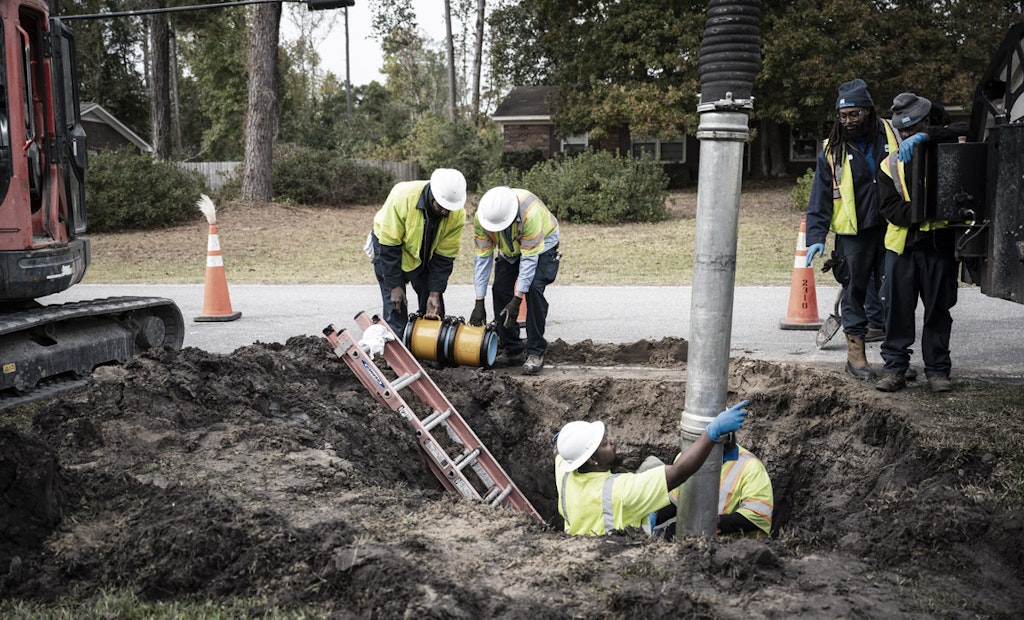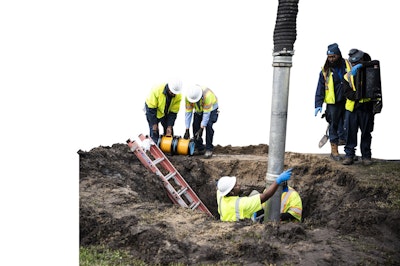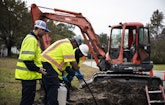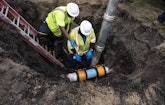
A crew for the Cape Fear Public Utility Authority exposes a leaking water main along Kelly Road in Wilmington, North Carolina.
(Photography by James Nix)
The Cape Fear Public Utility Authority is busy for all the right reasons. The Wilmington, North Carolina, agency has a diverse customer base depending on its services, from the university to the deepwater port, to vacation cabins along the Atlantic Coast and businesses and homes...









